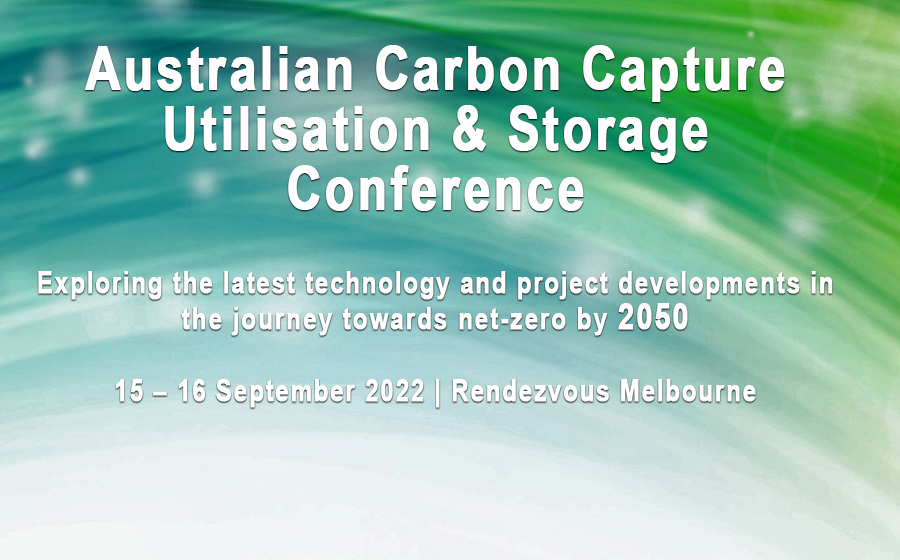
New low-cost carbon capture cladding Low Co2 emission construction and cladding materials have suddenly become a very serious consideration in construction, not just in Australia, but around the globe. Some European countries such as Norway recently began applying an additional default add-on on pricing relative to the level of Co2, potentially turning a low tender price into the highest.
They use an assessment scale of Co2 pollutive values, seriously affecting products like plasterboard which have little or no carbon capture sequestration value.
These Co2 pollutive assessments could be expanded to Australia through Federal Government intervention if industry’s reluctance to change is not observed, especially as it moves toward the 43 per cent reduction accord. The plasterboard industry in Australia, from manufacturing to distribution, would therefore be wise to review alternative solutions in the near future.
Increased worldwide demand for low CO2 construction products
The huge surge in demand for low Co2 composites and high carbon sequestration products in cladding and general construction has over the last two years contributed to substantial new investment in high speed, computer driven production lines. These technologies have led to substantially reduced production costs of Magnesium Oxy-sulphate (MgSO4) composites.
Instead of being an expensive green solution, they are currently priced similarly and sometimes lower than conventional 13mm and 16mm Fyrchek, or similar fire rated plasterboard cladding products in Australia.
MgSO4 products are up to 10 times stronger than plasterboard and enable a single 10mm sheet to achieve a fire-resistant level (FRL) of 90/90/90 (90 minutes), otherwise requiring two layers of 16mm Fyrchek or similar plasterboard.
Set Flushed Joints, same as Plasterboard
MgSO4 boards are screw fixed with power tools. They have recessed edges on cladding (30mm wide) to enable the use of regular tapes compounds, providing a top class 4/5 surface finish after priming, undercoat, and two layers of water based paint.
The product halves the material cost, site handling, installation, freight weight transport cost, crane up time and screw fixings materials cost. This increases a project’s bottom line and the return on investment.
MgSO4 composites have no paper linings and are therefore better suited to wet areas and humid climates. As one multi-purpose material it covers fire, floods acoustics, termites, bacteria, mould and heavy impacts, while providing a longer life and low maintenance life.
This also affords a gradual reduction in the destruction of millions of oxygen generating, Co2 absorbing trees, to make paper lined plasterboard.
Moving forward
Responsible architects and construction firms should consider embracing these new greener technologies in pursuit of contributing as much as possible to the reduction in global warming. Every step,no matter how small, is a contributor.
By Peter Jones Administration Director, FloodClad Australia – FireCrunch Australasia Pty Ltd
For more information see www.firecrunch.com.au









